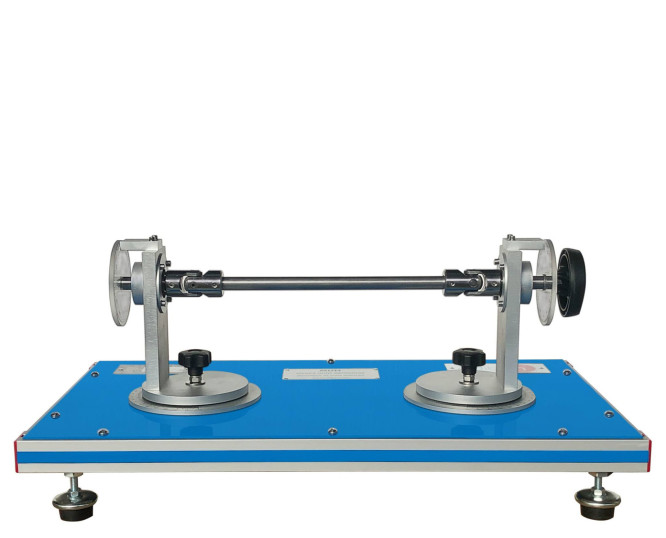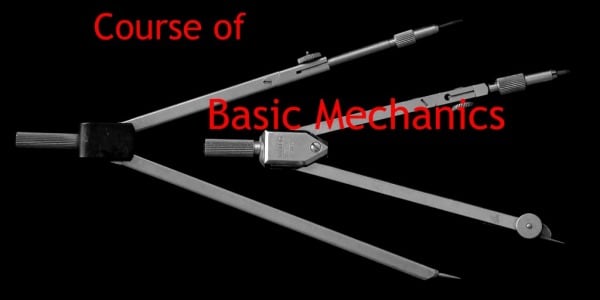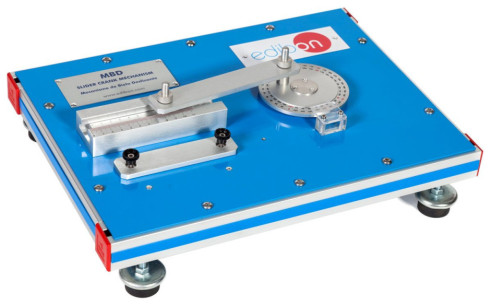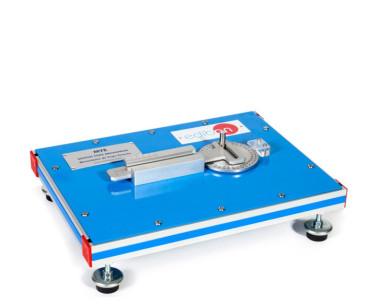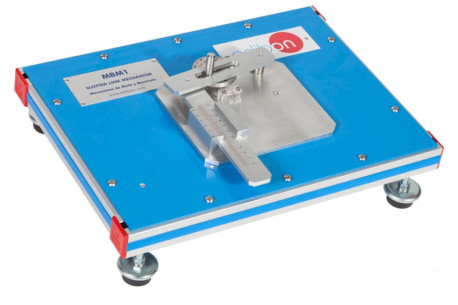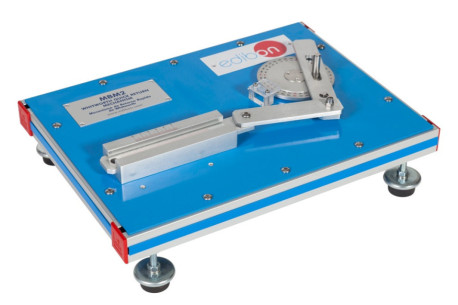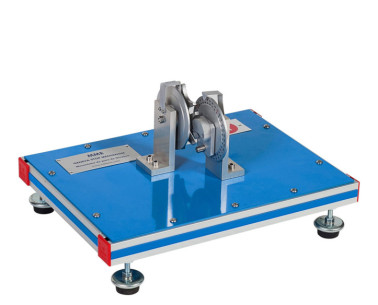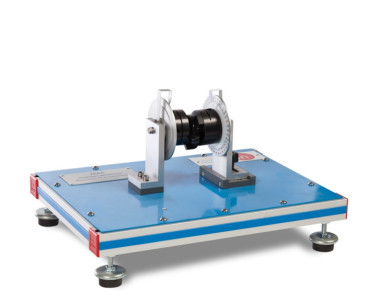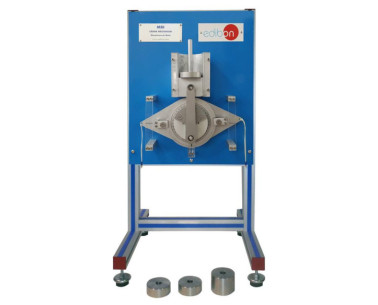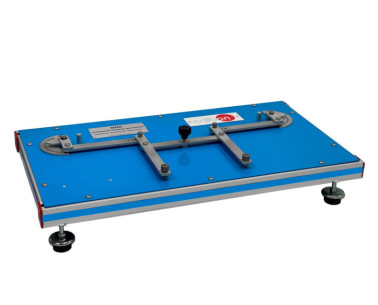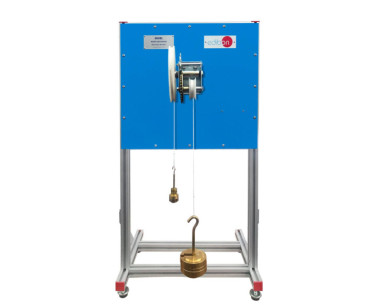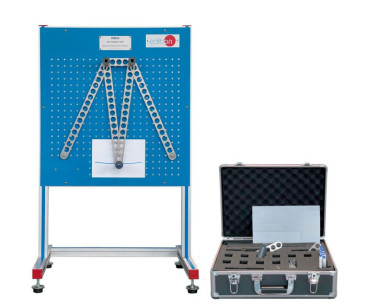MUN Hooke's Joint Mechanism
INNOVATIVE SYSTEMS
The Hooke’s Joint Mechanism, "MUN", designed by EDIBON, allows the study of a cardan joint shaft.
Laboratories
RELATED NEWS
General Description
The Hooke’s Joint Mechanism, "MUN", designed by EDIBON, represents a universal coupling, also called a U-joint, Hooke joint or cardan joint. The Hooke joint is a universal mechanism that is often used to transmit rotary motion between two non-parallel but intersecting shafts.
The mechanism includes two universal couplings (cardan joints) joined by an intermediate shaft, allowing the adjustment and reading of the angle between inlet shaft and other outlet shaft by means of graduated discs fixed on the base panel.
Both couplings are mounted on two graduated discs, allowing the reading of the rotation at the input and output.
Exercises and guided practices
GUIDED PRACTICAL EXERCISES INCLUDED IN THE MANUAL
- Demonstrate the action of a single universal joint by connecting two axes that have small misalignments.
- Determine graphically the relationship between the angular displacements of two shafts connected by a single universal joint with different degrees of misalignment.
- Study how the universal joint arrangement and the angle of deflection affect the cardan error.
- Determine graphically the relationship between the angular displacements of two shafts connected by a double universal joint with different degrees of misalignment.
MORE PRACTICAL EXERCISES TO BE DONE WITH THE UNIT
- Determination of the velocity and acceleration of the output shaft on a single Hooke´s joint by graphical differentiation.
SUPPLEMENTARY EQUIPMENT
Scotch Yoke Mechanism
Slotted Link Mechanism
Whitworth Quick Return Mechanism
Four-Bar Mechanism
Geneva Stop Mechanism
Coupling Mechanism
Cam and Follower Mechanism
Crank Mechanism
Ackermann Steering Mechanism
Winch Mechanism
Bar Linkages Unit
Quality

AFTER-SALES SERVICE

 Cookie preferences
Cookie preferences

